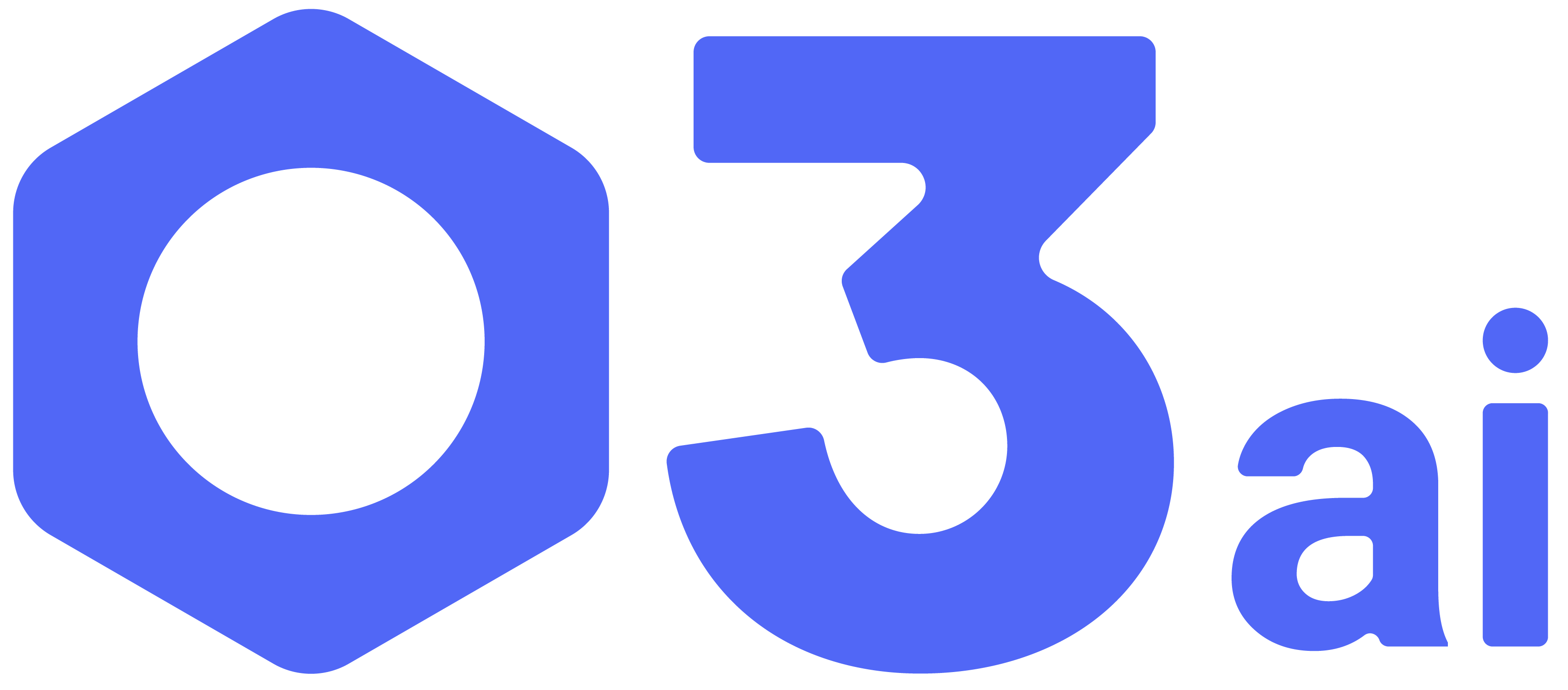
Make Your Factory Lean With O3ai

[email protected]

+41 79 542 92 56

+966 563 985 430
Riyadh, Saudi Arabia

As manufacturers embrace digital transformation, the convergence of Operational Technology (OT) systems with Information Technology (IT) infrastructure is unlocking new levels of efficiency, automation, and data-driven decision-making. However, this integration also exposes manufacturing systems to cybersecurity threats that were once confined to traditional IT environments.
O3AI enables secure IT-OT convergence by providing real-time threat monitoring, AI-driven anomaly detection, and proactive security measures tailored for industrial environments.
In the past, OT systems such as industrial control systems (ICS), SCADA systems, and programmable logic controllers (PLCs) operated in isolation, focusing on production efficiency and uptime. Meanwhile, IT systems handled business applications, data management, and enterprise networking.
With Industry 4.0, these once-separate domains are merging. Real-time production data is now integrated with enterprise IT systems, allowing manufacturers to optimize workflows, predict failures, and enhance decision-making. But this connectivity introduces a new set of security risks.
Unlike IT networks, which are built with security in mind, OT systems prioritize availability and reliability. This makes them vulnerable to cyberattacks that can disrupt production, compromise safety, or lead to financial losses.
Common threats include:
To protect manufacturing operations from cyber threats, organizations must implement a multi-layered security strategy that balances productivity with protection.
A Zero Trust approach ensures that no user or device is trusted by default, regardless of whether they are inside or outside the network. This involves:
Continuous monitoring of network traffic helps detect anomalies before they escalate into security incidents. AI-driven solutions analyze patterns and flag suspicious activity, allowing manufacturers to take immediate corrective action.
As remote monitoring and maintenance become more common, securing access to OT systems is critical. Best practices include:
OT environments often rely on legacy systems that lack built-in cybersecurity features. To mitigate risks, manufacturers should:
Artificial intelligence enhances OT cybersecurity by:
O3AI offers an AI-powered cybersecurity solution designed for industrial environments. Key capabilities include:
By implementing O3AI’s security solutions, manufacturers can safeguard their operations while maintaining the efficiency and connectivity needed for Industry 4.0.
The integration of IT and OT systems is a game-changer for manufacturing, enabling real-time insights, automation, and improved productivity. However, without a strong cybersecurity strategy, this convergence can also introduce significant risks.
By adopting Zero Trust principles, real-time monitoring, AI-driven security, and secure remote access, manufacturers can protect their operations from cyber threats while unlocking the full potential of IT-OT integration.
O3AI provides the tools and expertise to make this transition seamless and secure. Contact us today to learn how we can help you fortify your manufacturing cybersecurity strategy.